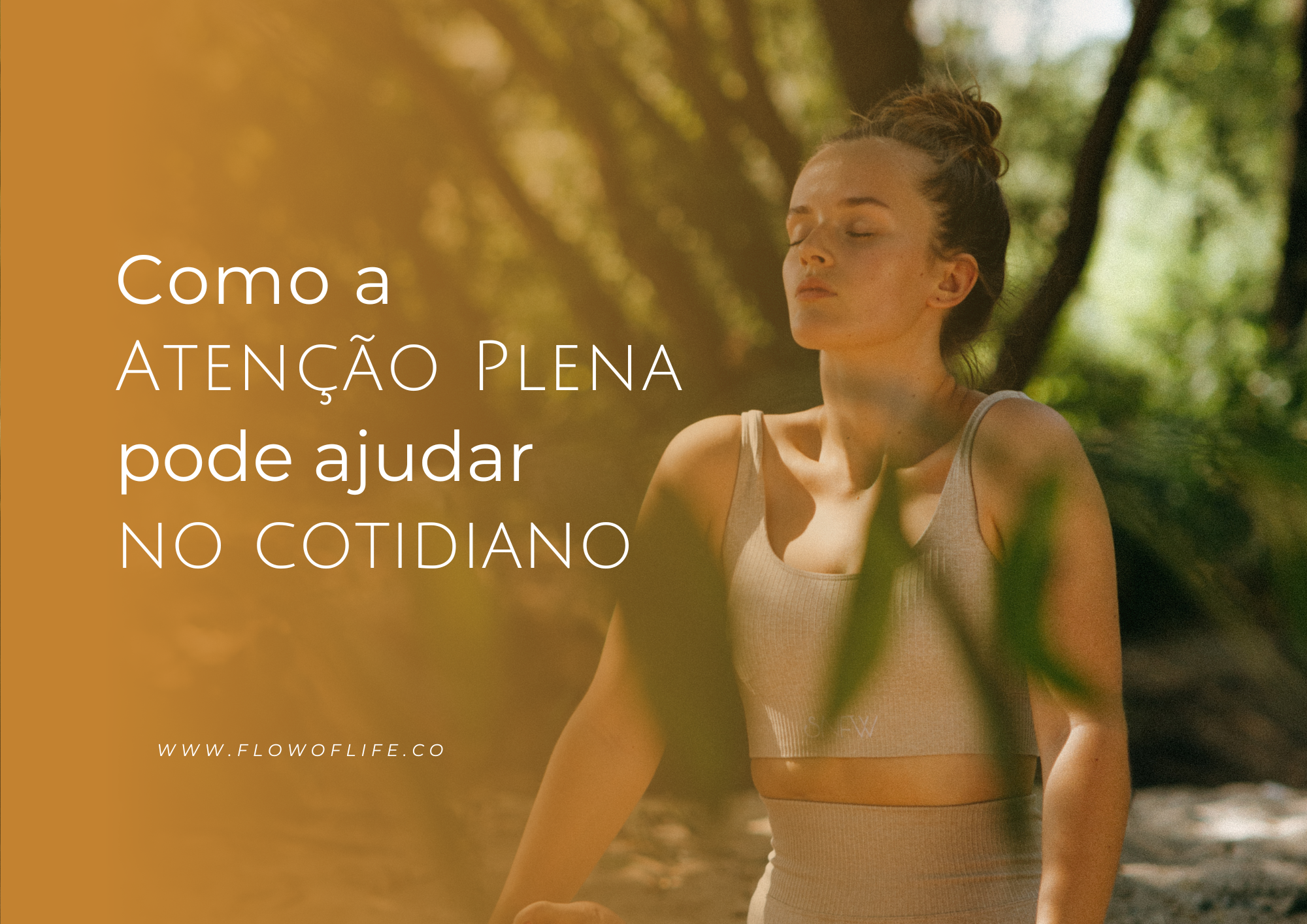At MINDFULNESS we have several practices, from which you can choose the one you most identify with, but there are two distinctions between them. Formal practice and informal practice. Can you tell the difference?
MEDITATION is the act of meditating, directing focus and attention to the present moment, thus disengaging from distractions and daydreams that are not connected to the here and now. And conscious breathing is the tool most often used in order to always "return" the focus to your feelings, emotions and sensations. This promotes the development of a more balanced and healthy emotional and psychological state. According to the WHO (World Health Organization), Brazil was considered the most anxious country in the world in 2020, and depression rates have also risen, as everything seems to be going faster every day and we need to keep up with this pace so as not to "fall behind".
And one of the methodologies that has been introduced as a complementary treatment method is meditation, since it has become a topic of great discussion in the West and has been applied in various sectors, such as: business, pedagogical, clinical and routine. Its benefits have already been proven in various scientific studies, such as:
_ improving focus;
_ concentration;
_ Enhances self-knowledge and self-esteem
_ Develop self-compassion and
_ reduction in blood pressure; stress, anxiety; memory loss, addictions, depressive symptoms,
_ Decreases the chance of developing chronic pain
However, meditation is a very accessible practice that caters for a wide range of people, as it doesn't require any equipment or juggling. It is suitable for formal practices is locate a space in which you feel comfortable, preferably in silence, so that you can perform your exercise with quality. The practice of formal meditation makes it easier for the practitioner to establish the discipline of doing Mindfulness, which makes it easier for you to create a routine, setting a time and a space for it.
And in everyday life?
However, once you have established a Mindfulness routine, there is another way of applying Mindfulness in everyday life, which is through informal practices, i.e. in moments of our daily lives. For example, when we are eating, walking, in traffic or standing in a queue. Check out our text "Mindful Eating" and see methodologies that can be applied to mindful eating. In the same way, we can be aware of our thoughts and impulses throughout the day, which result in attitudes and behaviors that are often done on autopilot. Instead of training a critical eye or making harmful choices, we start to choose what makes us feel good.
Encouraging small moments of appreciation is fundamental to exercising the attentive, beginner's look at all things, life, nature and all existing forms. Proposing this experience directly impacts on our relationship with our work, studies and other personal issues in a more positive way, since when we carry out meditation exercises the brain has greater oxygenation, improving its cognitive and emotional performance.
You can listen to and practice our meditations for free at Spotify and start enjoying a life with more mental clarity and tranquillity, since there are tools like this to exercise observation and self-care. Explore, get to know yourself, allow yourself.
If you have any questions, please contact contact usI would be delighted to help you with your personal development.




